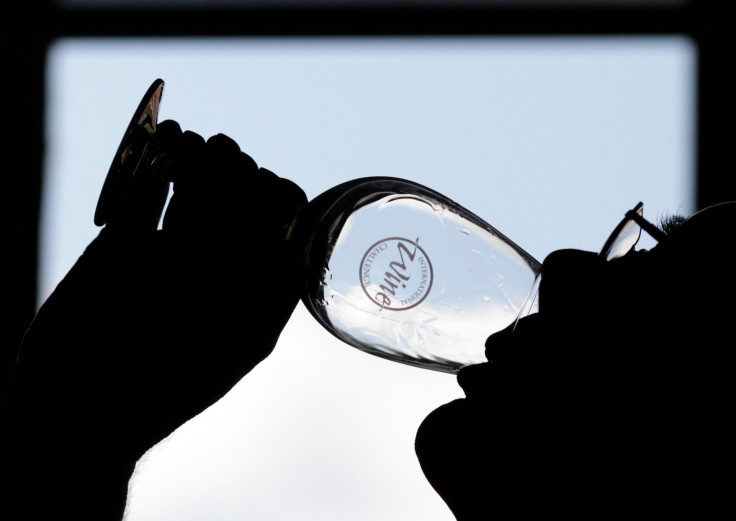Wine glasses are 600% bigger than they were 300 years ago as our thirst for vino continues
Wine drinking has increased significantly in recent decades. But are glass sizes responsible for this rise?

Three hundred years ago, a festive meal was probably accompanied by a lot less wine than we are used to today, if the size of old wine glasses is anything to go by.
In a study published in the BMJ, researchers from the University of Cambridge found that in England, wine glasses have increased in size sevenfold from an average of 66 ml in 1700 to 449 ml in 2017.
"Wine glasses became a common receptacle from which wine was drunk around 1700," said Zorana Zupan, first author of the study. "This followed the development of lead crystal glassware by George Ravenscroft in the late 17th century, which led to the manufacture of less fragile and larger glasses than was previously possible."
Since the 1960s, the consumption of alcohol has also risen significantly as a consequence of greater availability and affordability, an increase in alcohol marketing and more liberal licensing laws.
Wine drinking in particular has become far more common, increasing nearly fourfold between 1960 and 1980, and almost doubling again between 1980 and 2004.
During these periods, wine glasses started to be tailored in both shape and size for different wine varieties, both reflecting and contributing to a burgeoning market for wine appreciation. Until the second half of the 20th century, beer and spirits were the most common types of alcohol consumed, with wine usually only consumed by the upper classes.
It is unclear whether the size of glassware has had an impact on how much we drink, although there is some evidence to support this assumption. Similarly, when it comes to food, having larger plates has been demonstrated to increase how much we eat.
To try and shed light on the issue, Cambridge researchers investigated whether the increasing size of wine glasses has contributed to the rise in wine consumption. They collected and compared 411 glasses dating from 1700 to 2017, finding that size increased gradually over time, until the 1990s when there was a sharp spike.
While the researchers cannot say for certain, they do suggest that "larger wine glasses may have contributed to this rise through several potentially co-occurring mechanisms".
The 1990s spike could possibly be explained by demand for larger glasses in the US market that was met by manufacturers in England, or the influence of bar and restaurant owners who sought to increase sales.
In England, wine is increasingly served in 250 ml servings with smaller servings often absent from wine lists and menus, despite a regulatory requirement that customers are made aware of smaller measures. A 250 ml serving – a third of a standard bottle - is larger than the average capacity of a wine glass in the 1980s.
The researchers say that if larger wine glasses can be proven to have a reliable effect on increasing alcohol intake then a number of public health measures should be investigated.
They make a number of suggestions in their report – including reducing wine glass size in licenced premises and encouraging retailers to make bottles of wine available in smaller sizes – although they admit that these may prove unpopular during the holiday season.
"We predict – with moderate confidence – that, while there will be some resistance to these suggestions, their palatability will be greater in the month of January than that of December."





















